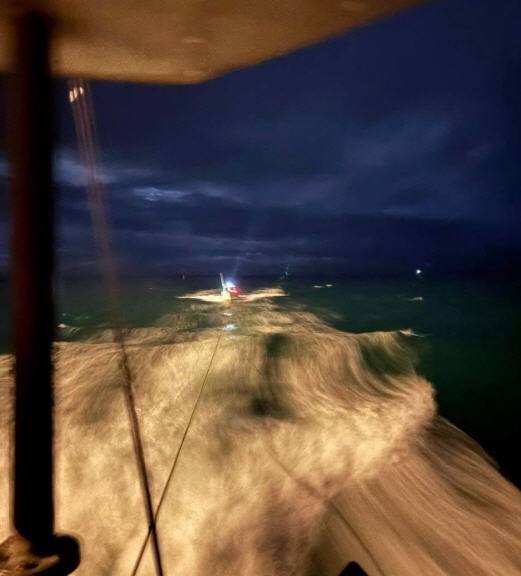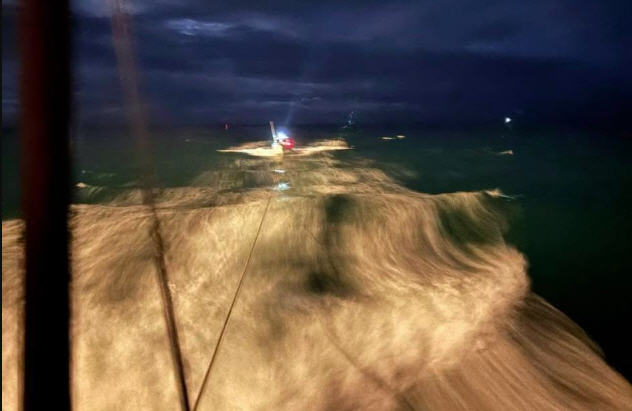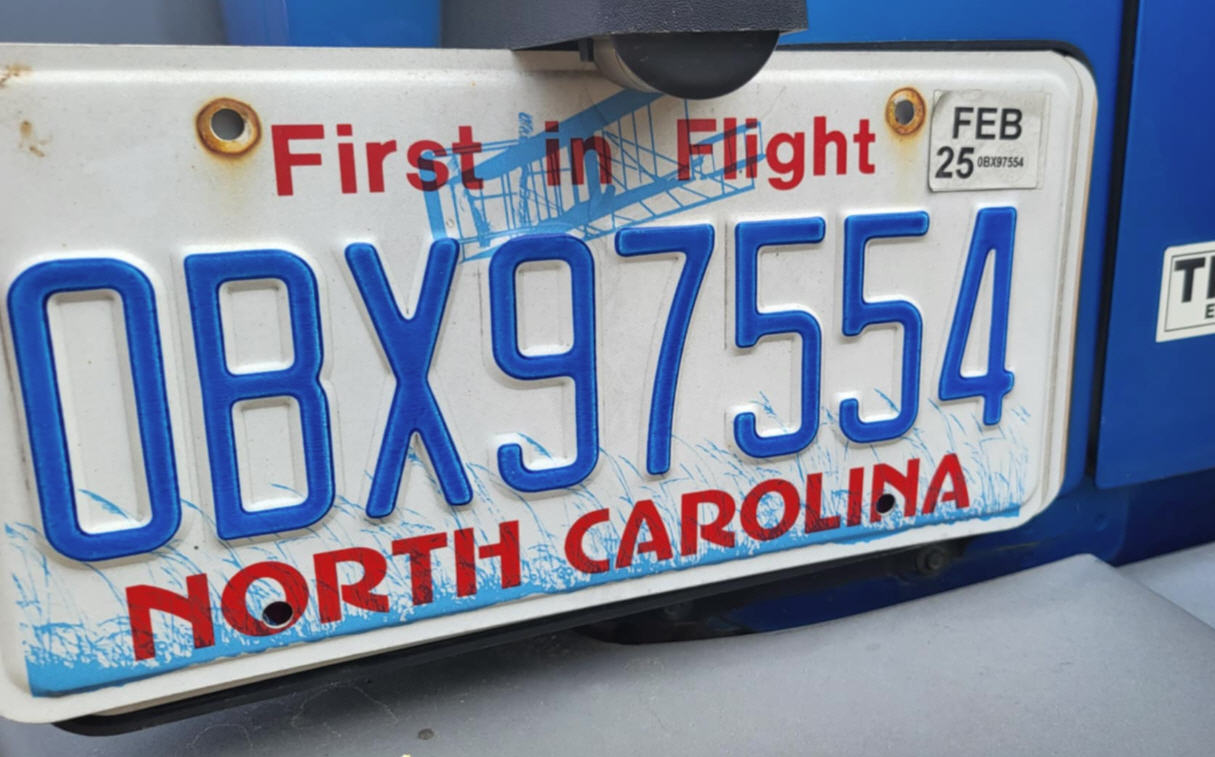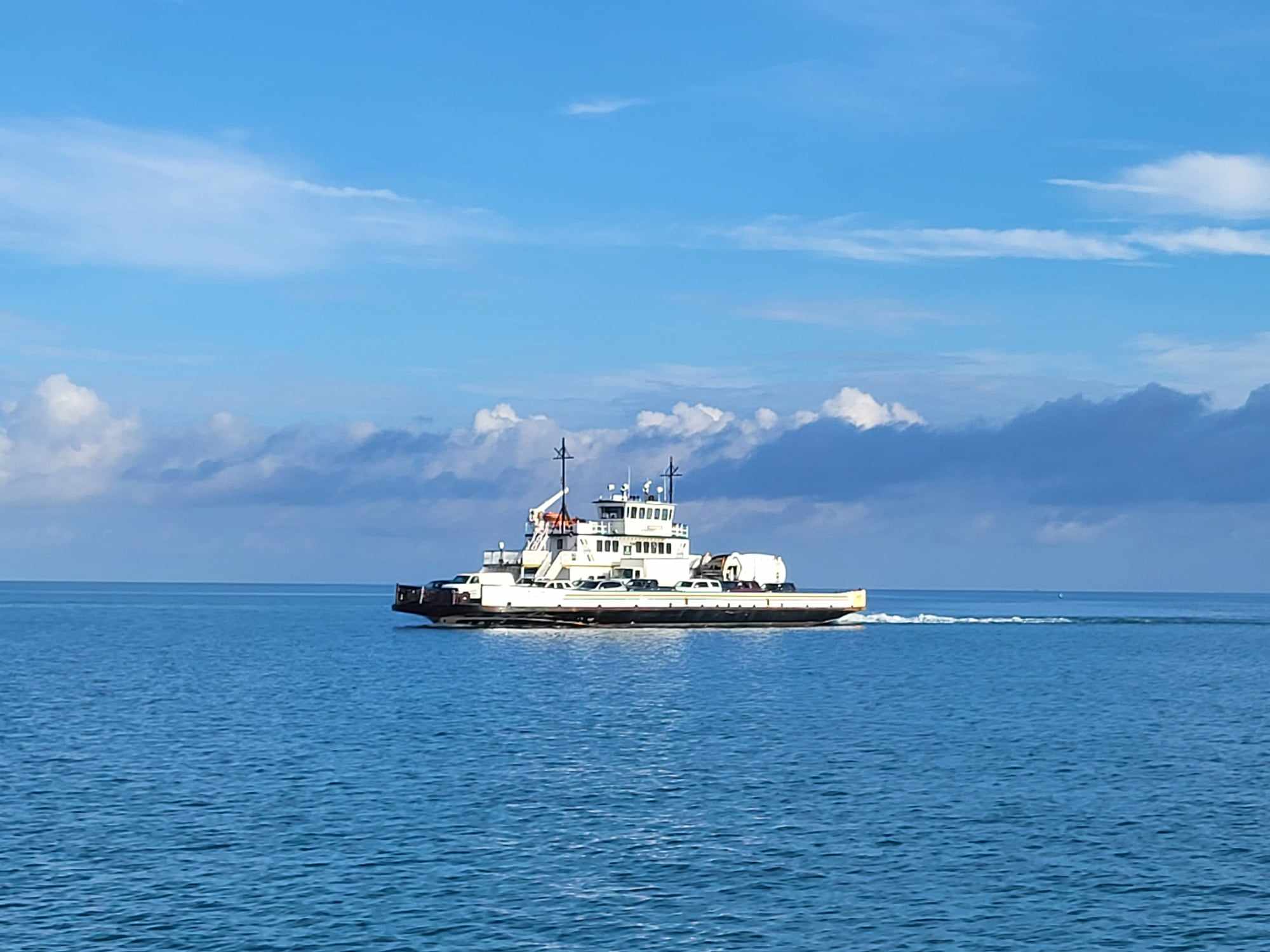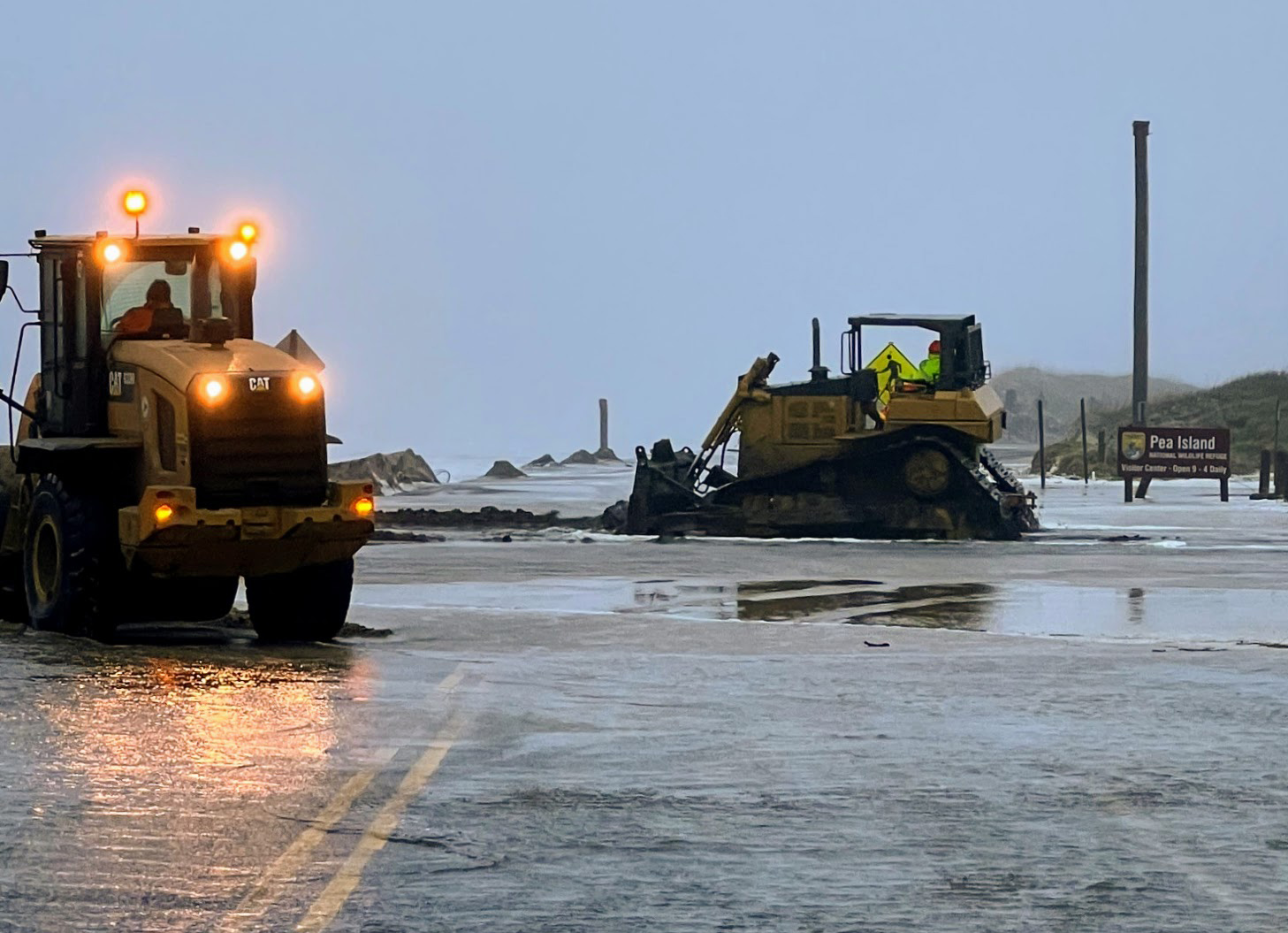Wave energy, not wind, caused most of the destruction in Isabel …….WITH SLIDE SHOW
As Hurricane Isabel churned in the Atlantic on its journey to the Outer Banks, the conversation in the villages was totally predictable.
Everywhere you went, the question was, “Are you staying or are you going?”
When the storm was a formidable Category 4 or 5 on the Saffir-Simpson scale, the answer was a no-brainer. Almost all were leaving — or at least seriously considering it.
However, as the days went by and Isabel was downgraded to a Category 3 and then a Category 2, many started rethinking their decisions.
A Category 2 storm with winds of 105 mph didn’t seem all that threatening. Islanders had been through worse, and even a good nor’easter can bring those conditions. Even a predicted storm surge of 8 to 10 feet didn’t seem all that bad.
However, what we didn’t focus on — and what we should focus on in future storms — is something called wave energy or wave action.
Wave energy is what caused most of the devastation in Hatteras village. It is what flattened the dunes in the village and up towards Frisco, destroyed homes and buildings on the village’s eastern end, and opened a new inlet between the two villages.
Hatteras village’s fate was sealed when Isabel spent a week as an unusually persistent Category 4 or 5 hurricane in the Atlantic on its journey toward North Carolina. In front of it were huge waves being pushed toward the coast.
Hurricane Isabel began as a strong tropical wave off the coast of Africa in early September. It became a tropical depression and then was christened Tropical Storm Isabel on Sept. 6. By the next day, it was a minimal hurricane, but it rapidly progressed up the Saffir-Simpson scale. A day later, on Sept. 8, Isabel was a Category 4 with winds of 135 mph. The winds kept going up and on Sept. 11, it became a Category 5 with winds measuring 160 mph. The 160-mph winds persisted for the better part of three days. After that the storm went briefly back to a Category 4, back up to a Category 5, and then back down to a 4 before becoming a Category 3 on Sept. 15.
Isabel was downgraded to a Category 2 on Sept. 16 and stayed there until it made landfall between Ocracoke Inlet and Cape Lookout at about 1:30 p.m. on Sept. 18 with sustained winds of 100 mph, according the National Weather Service at Newport.
The Newport NWS office posted a report on its website (www.erh.noaa.gov/mhx) on the hurricane’s effects on the region. According to that report, the peak gust at Ocracoke was 105 mph at 11:45 a.m. on Sept. 18. At the Cape Hatteras Fishing Pier in Frisco, it was 96 at 11:46 p.m. Residents with instruments in their homes also reported peak gusts up to 105 from Rodanthe to Ocracoke. The official NWS reporting station on Hatteras Island is an automated surface observation system at Billy Mitchell airport in Frisco. Unfortunately, it stopped working when the power went out, so the peak gust measured there was 68 mph.
Even though official wind reports were hampered by the power outages, weather experts agree that wind did not cause the most devastating damage on the Outer Banks, especially in Hatteras village. Neither, they say, did the storm surge, estimated at 6 to 8 feet.
The culprit was wave energy — those huge waves being pushed out in front of Isabel during its long reign as a Category 4 and 5 hurricane.
“When it was a Category 5, it generated very high surf,” said Dr. Steve Lyons, who in 2003 was the Weather Channel’s tropical weather expert in an interview the week after the storm. “The high surf continued to move on shore and made the wave action on landfall much larger than would have been expected in a Category 2 storm.”
Lyons and others note that Hatteras village was in the right front quadrant of the storm as it came ashore to the south. That’s the area that can expect the worst weather — the highest winds, waves, and storm surge. Hatteras, Lyons said, had “the highest waves of any on the East Coast.”
He added that Isabel was a Category 2 storm in terms of its winds and storm surge, but he said it was a Category 5 for wave action.
Gene “Iceman” Chiellini, who in 2003 was a hydrometerological technician at the Newport weather office, is even more emphatic that wave energy was the most destructive force in Isabel.
“Isabel, the Category 2 storm, didn’t do that damage that you see,” he said. “The winds didn’t do this. They did some of the damage. But most of the damage you see was done by wave action.”
Marine forecasts just before the storms predicted wave heights of 30 to 35 feet, but Chiellini, an avid surfer with 27 years experience with NWS, felt that estimate was conservative. He said the model that NOAA uses to predict wave height was showing seas of 45 to 50 feet in front of Isabel. That was a height so phenomenal that few NWS officials could believe the models.
The forecasting was further complicated by the fact that during Hurricane Fabian, which hit Bermuda in August, the wave models were also predicting huge seas in the same range as they were with Isabel. Those predictions never panned out, so maybe these wouldn’t either.
However, Chiellini noted that Isabel was heading toward the North Carolina coast at a lower latitude than Fabian, it was moving more slowly, and it had been a Category 4 or 5 hurricane for “days and days, stirring the ocean up to astronomical heights.”
On the afternoon and evening of Sept. 17, the day before Isabel hit the coast, Chiellini said the NOAA buoy at Diamond Shoals, about 15 miles off Cape Hatteras, was registering waves of 16 to 18 feet. By 9 p.m., the wave height was up to 21 feet. At 2 a.m. it was 27 feet, and then an hour later, at 3 a.m., the buoy registered a 44.6-foot wave and stopped reporting. He presumes the buoy has been blown to parts unknown.
Chiellini says the Weather Service estimates that the storm surge was 6 to 8 feet with 15- to 20-foot waves breaking onshore in Hatteras village. That would have put the wall of water with tremendous energy hitting the shoreline in the range of 21 to 28 feet. Lyons at the Weather Channel put the height at 20 to 26 feet.
The immense power of the storm surge plus the wave energy was apparent in Hatteras village. Motels along the beach were destroyed, with buildings moved into or across Highway 12. Buildings, such as the Hatteras Cabanas, were moved across the highway and into the marsh. Other buildings were washed off their pilings. Houses sat in sink holes with only a few feet of the top floor and the roofs above water. One house was washed out into the Pamlico Sound. Buildings stood with only side cinder-block walls, the front and back walls blown out by the wave energy and the building swept clean of furnishings. Cars and trucks were flipped and crushed, and many feet of sand filled the lower floors of many buildings.
Although most of Hatteras Island did not have soundside flooding, as it does in most hurricanes, even homes in Hatteras village that were not on the oceanfront were not immune from damage. The surge with the waves on top washed over the eastern end of the village and into the sound near Sandy Bay. The east wind blew the water around the back of the village and in through the creeks that run through it. Homes were flooded, and debris from the oceanfront — refrigerators, air conditioners, beds, dressers, motel room doors with the numbers still on them — lined the back creeks into the village.
Chiellini calls Isabel a “legendary and historical” storm because of the wave energy — not the wind or storm surge. He’s in close touch with many of his surfing buddies on Hatteras Island and says many of them he talked to evacuated during Isabel for the first time ever in a storm.
Keith Andre of Buxton was one of them. He had planned to leave the weekend after the storm anyway to go to parents’ weekend at his daughter’s college. At first, he thought he might pass on the weekend event and stay at his Cape Pines Motel. However, he changed his mind.
“I didn’t like the way the storm looked, with the seas so high,” he said, so he left the island with the rest of his family.
“There needs to be more emphasis in future storms on Category 4 and 5 hurricanes that last this long,” says Chiellini. “There should be emphasis placed on wave energy. Isabel could have come ashore as a tropical depression and it still would have wiped out Hatteras.”
CLICK HERE TO VIEW SLIDE SHOW
(This article was written for an October 2003 Special Report on Hurricane Isabel in The Island Breeze.)




